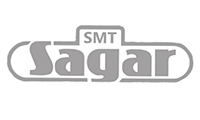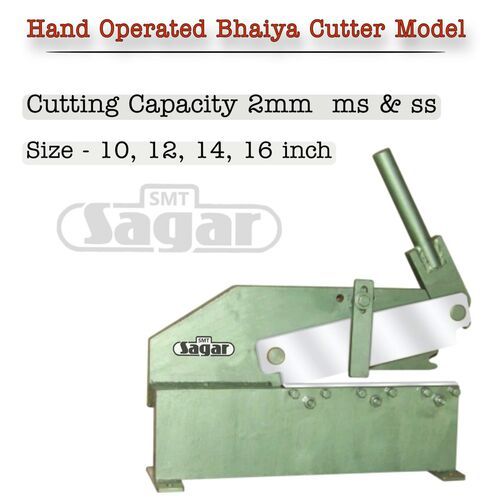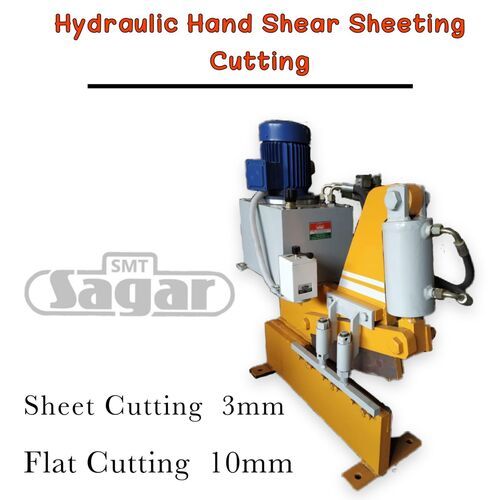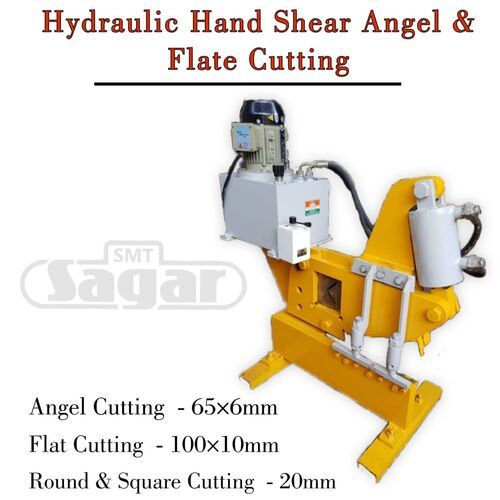Treadle Shearing Steel Body
Product Details:
Treadle Shearing Steel Body Price And Quantity
- 1 Unit
- 60000 INR/Unit
Treadle Shearing Steel Body Trade Information
- Cash Advance (CA) Cash in Advance (CID)
- 10 Unit Per Month
- 1 Week
- Yes
- Sample costs shipping and taxes has to be paid by the buyer
- Asia Australia Central America North America South America Eastern Europe Western Europe Middle East Africa
- All India South India Central India West India North India East India Gujarat Karnataka Kerala Lakshadweep Mizoram Meghalaya Manipur Andhra Pradesh Bihar Chandigarh Daman and Diu Goa Jharkhand Odisha Punjab Assam Delhi Dadra and Nagar Haveli Andaman and Nicobar Islands Arunachal Pradesh Chhattisgarh Haryana Himachal Pradesh Jammu and Kashmir Madhya Pradesh Maharashtra Nagaland Rajasthan Sikkim Tamil Nadu Telangana Tripura Pondicherry Uttar Pradesh Uttarakhand West Bengal
Product Description
Treadle Shearing
A treadle shearing machine with a steel body refers to a specific type of shearing machine that is operated manually using a treadle mechanism (foot pedal) for the cutting action. The mention of a "steel body" likely refers to the construction material of the machine's frame and body, indicating that it is made of steel for durability and stability. Here are some key features and considerations for a treadle shearing machine with a steel body:
Treadle Operation: The term "treadle" refers to a foot-operated pedal. In a treadle shearing machine, the cutting action is activated by the operator's foot pressing down on the treadle. This manual operation allows for control over the cutting process.
Cutting Mechanism: Treadle shearing machines typically use a lever mechanism to convert the downward force applied by the operator's foot into a cutting action. The shearing blades come together to cut through the material placed on the machine.
Steel Body: The use of steel for the body and frame of the machine provides strength, rigidity, and durability. Steel is a common material choice for industrial machines, ensuring stability during the cutting process.
Cutting Length and Capacity: Treadle shearing machines come in various sizes, and the cutting length and capacity depend on the specific model. The cutting length is the maximum length of material that can be cut in a single pass, and the cutting capacity refers to the maximum thickness of the material that the machine can effectively cut.
Applications: Treadle shearing machines are suitable for cutting sheet metal and other thin materials. They are often used in small workshops, metalworking facilities, and fabrication units for tasks such as shearing, trimming, and shaping.
Portability: Some treadle shearing machines are designed to be relatively portable, allowing for flexibility in their placement within a workspace. This can be advantageous in smaller workshops or settings where space is limited. Ease of Maintenance: Treadle shearing machines, being manual and relatively simple in design, are often easier to maintain compared to more complex automated machines. Regular lubrication and blade maintenance are essential for optimal performance.

 English
English Spanish
Spanish French
French German
German Italian
Italian Chinese (Simplified)
Chinese (Simplified) Japanese
Japanese Korean
Korean Arabic
Arabic Portuguese
Portuguese




 Send Inquiry
Send Inquiry Send SMS
Send SMS